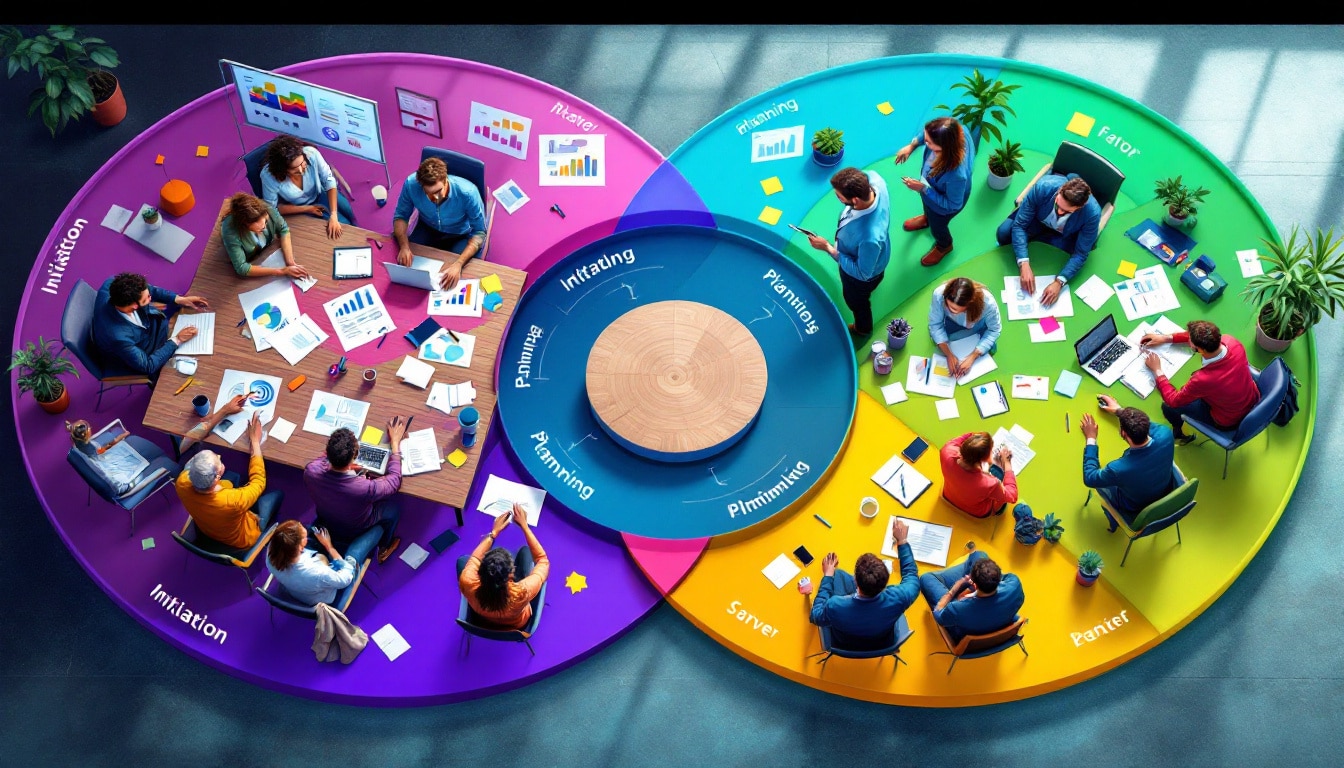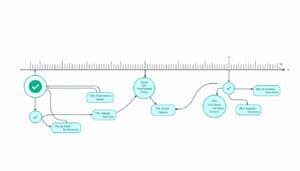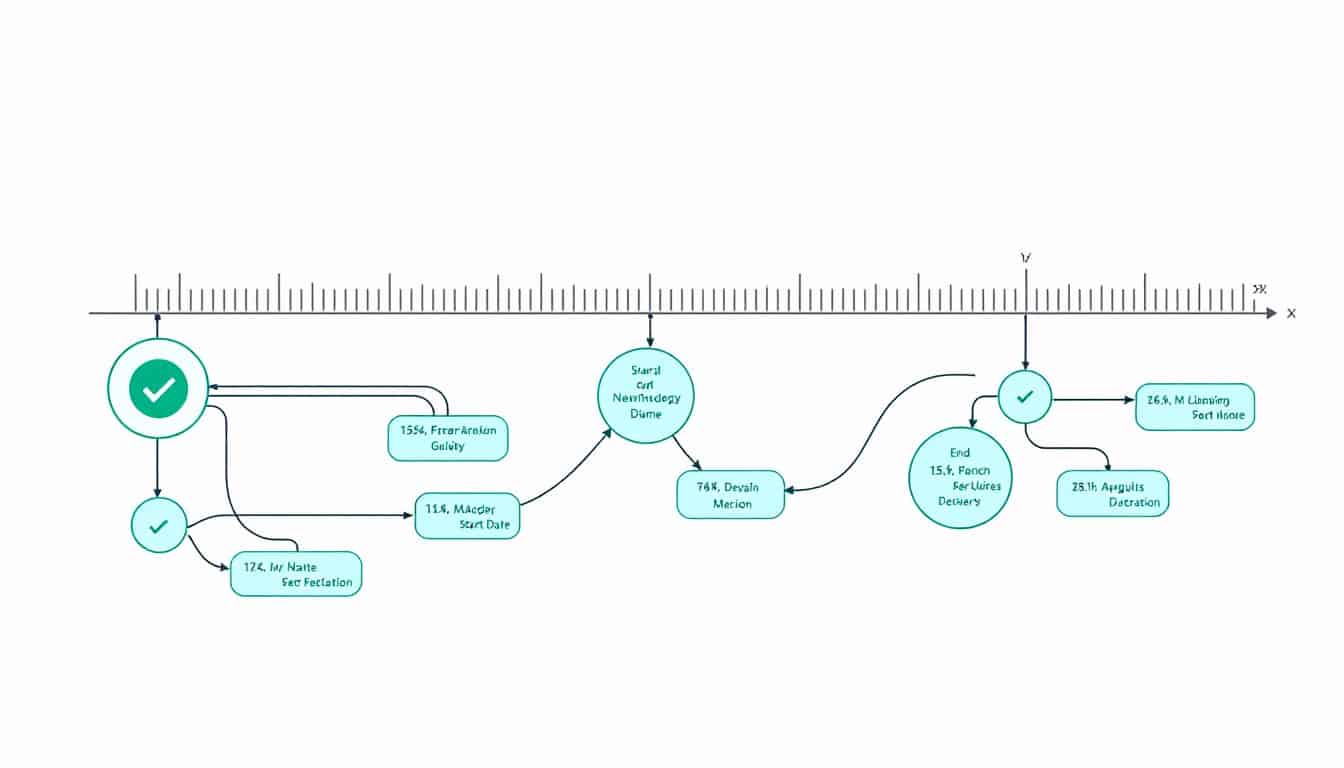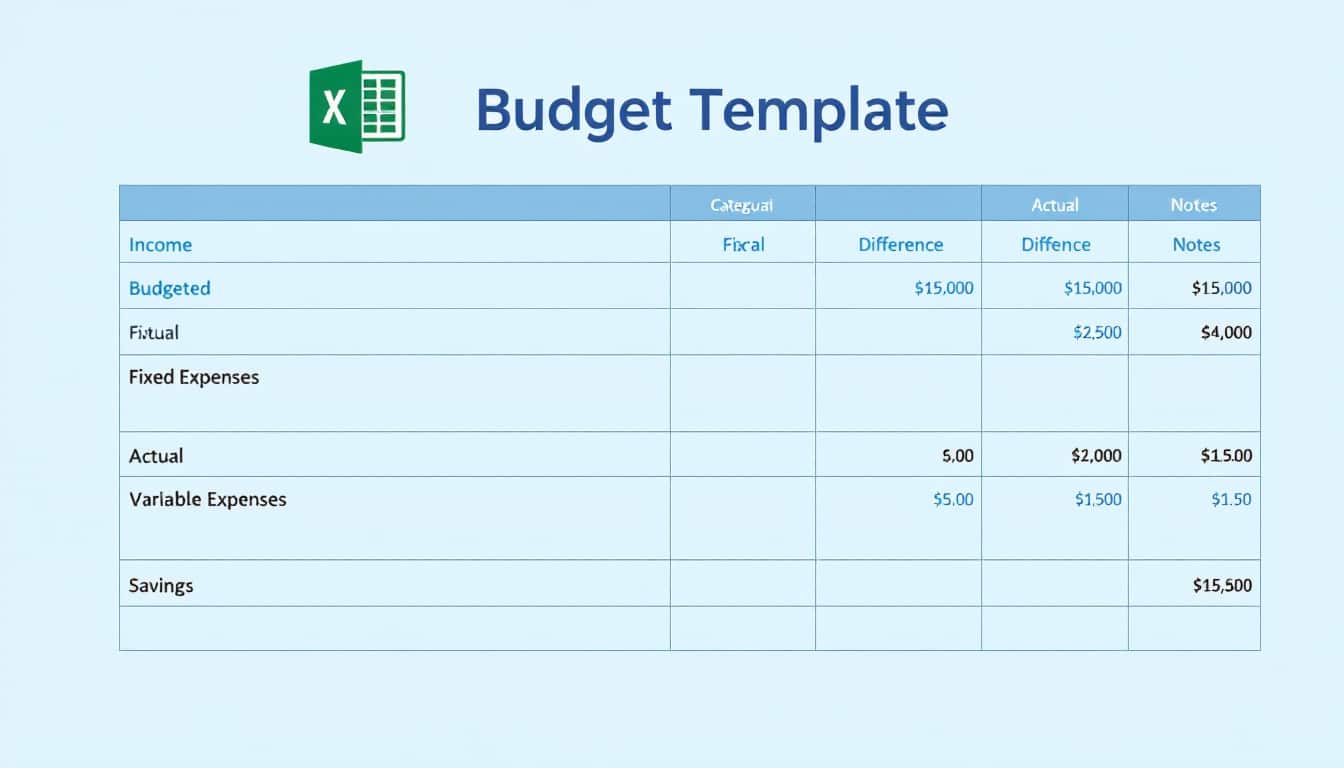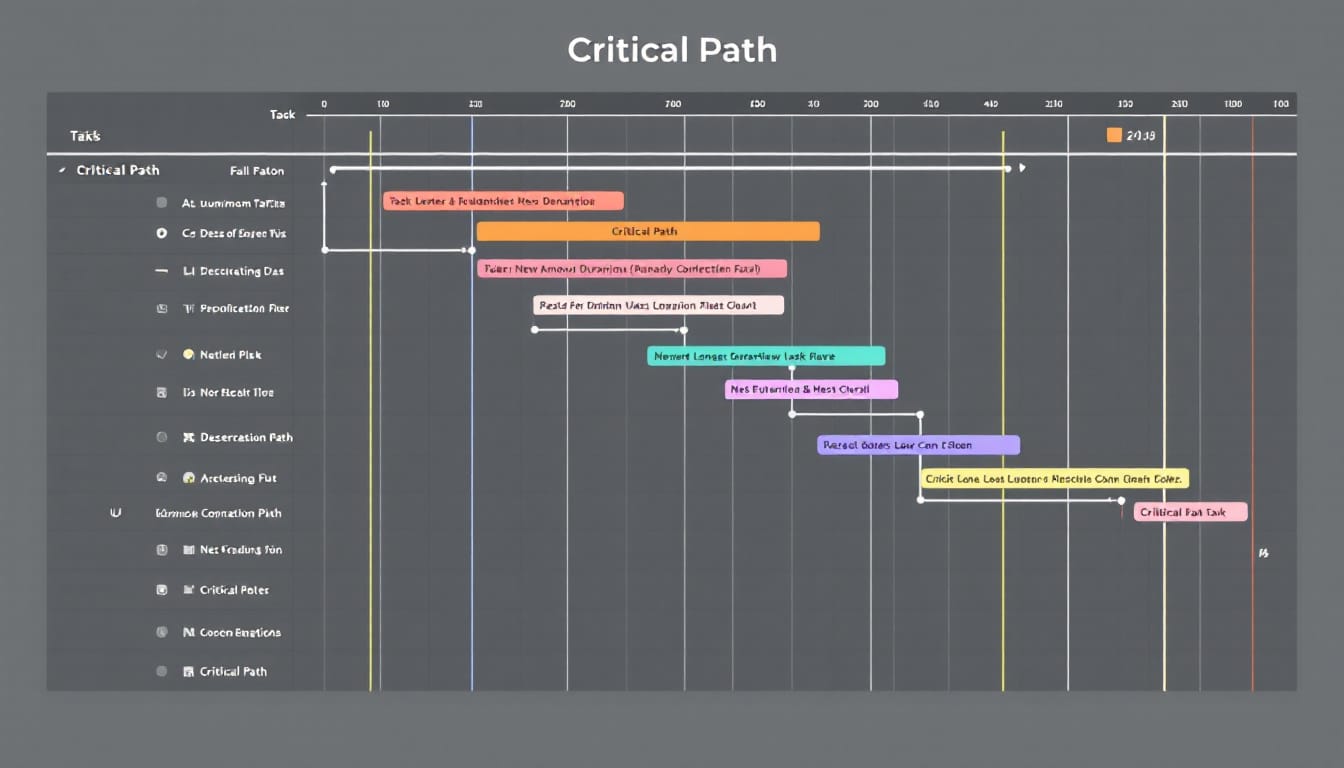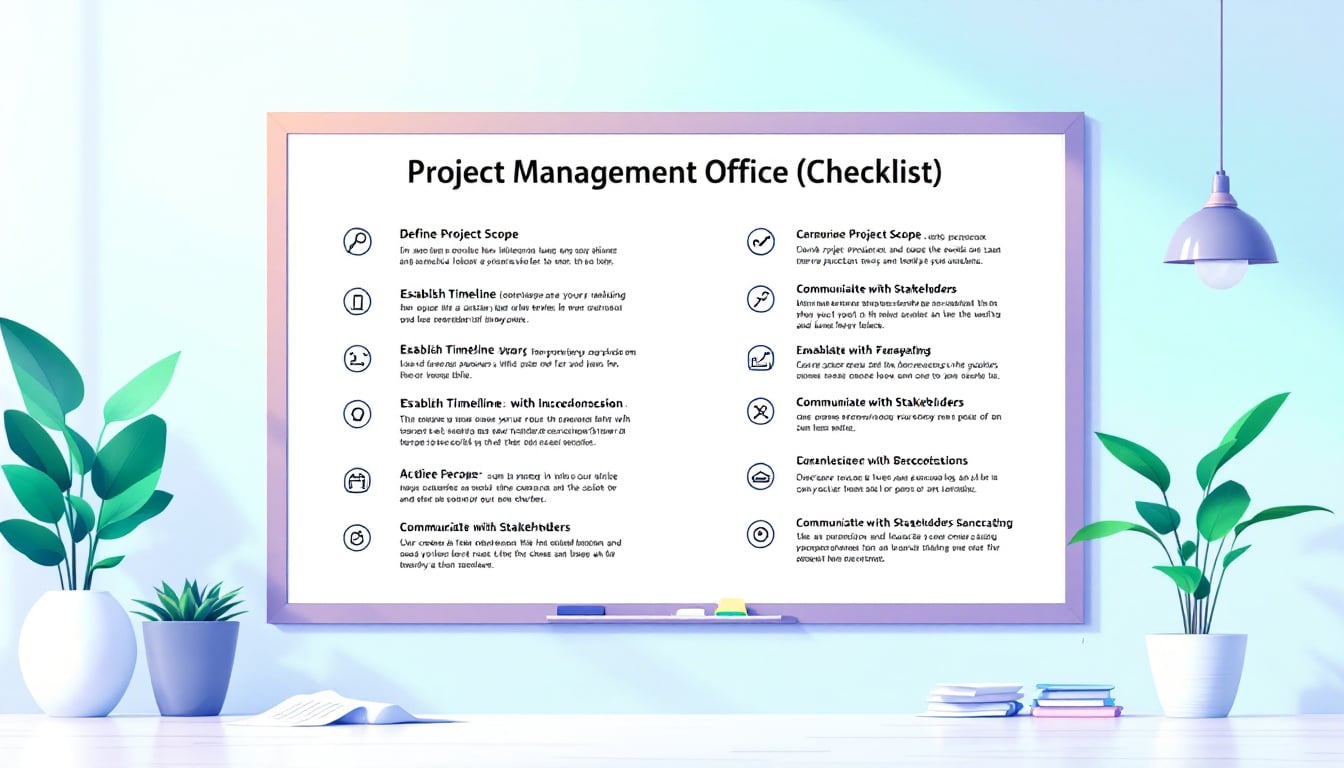Managing a project requires a clear vision and a rigorous methodology.
Every well-defined step paves the way to success.
Breaking down a project into phases allows for better control over its evolution.
In this article, we will examine the five key phases of project management. You will understand how each phase contributes to a smooth and efficient progression. Whether you are just starting in this field or you are an experienced manager, this information will be beneficial to you. Let’s explore together the fundamental elements of project management.
🔥 Nous recommandons Ideamap
Ideamap est l’outil idéal pour un brainstorming ou un projet collaboratif. Grâce son interface facile et à ses fonctions IA, Ideamap booste votre créativité tout en favorisant une meilleure organisation de vos idées pour atteindre vos objectifs.
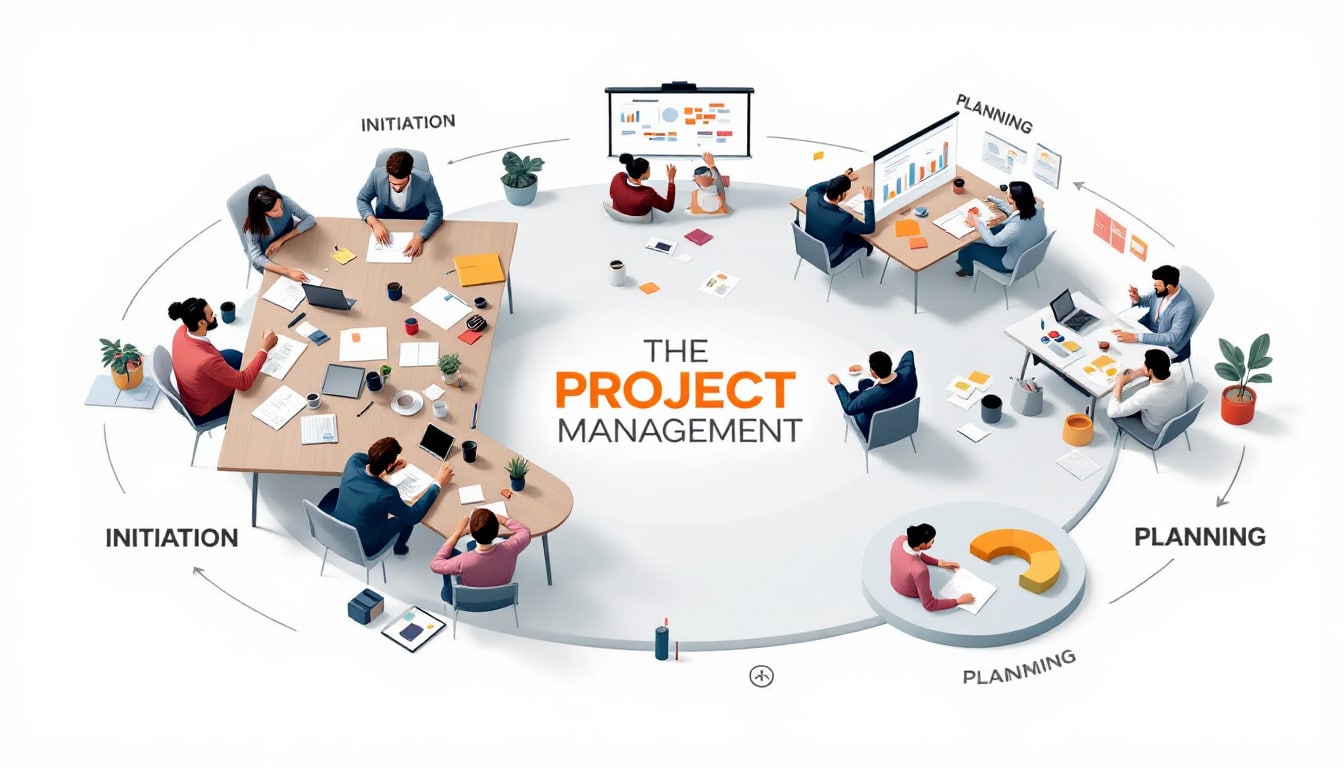
“`html
Project management is an art that requires a well-defined structure to ensure success. By breaking a project into distinct phases, you significantly increase the chances of successfully carrying out your initiatives. Let’s explore together the five key phases of project management and discover how to master them effectively.
Project initiation: laying the foundations for success
The project initiation phase is the essential first step in a project’s life cycle. At this stage, the project is officially launched, and its feasibility is assessed. Clearly defining objectives, scope, and stakeholders is crucial to establishing a solid foundation. This step ensures that all parties involved share a common vision of the goals to be achieved.
During initiation, it is crucial to write a project charter that formalizes the project authorization and outlines its main aspects, such as objectives, constraints, and potential risks. Another key document is the business case, which justifies the value and viability of the project for the organization. These documents serve as references throughout the project and facilitate informed decision-making.
Moreover, a feasibility study is often conducted to evaluate the technical, financial, and operational aspects of the project. This allows determining whether the project is feasible and aligned with the company’s strategic objectives. For more details on conducting a feasibility study, refer to this feasibility report example.
Finally, identifying and recording stakeholders is essential to ensure effective communication and ongoing support throughout the project. Each stakeholder has a specific role, and their expectations must be considered from the outset to avoid misunderstandings and future conflicts.
Project planning: developing an effective roadmap
Once initiation is complete, the planning phase takes over. This step is crucial as it defines the roadmap that the project will follow to achieve its objectives. Careful planning allows forecasting the necessary resources, establishing a realistic timeline, and defining clear success criteria.
Creating a detailed project management plan is at the heart of this phase. This document includes defining the scope, creating a work breakdown structure (WBS) to break down tasks, and developing a project schedule, often represented by Gantt charts. These visual tools facilitate the understanding of different stages and the interdependencies between tasks.
Effective allocation of resources is also a key aspect of planning. It is essential to ensure that the right people are assigned to the right tasks at the right time. Using an appropriate project management graphic can greatly improve this allocation and avoid overloading teams.
Risk management is also an integral part of planning. Identifying potential risks and developing mitigation strategies help minimize their impact on the project. A well-designed risk management plan aids in anticipating obstacles and preparing effective responses.
Finally, planning includes defining a detailed budget for the project. This includes estimating the costs associated with each task and implementing financial controls to ensure that the project stays within the defined budget limits. To delve into the various options for project management, check out this guide on the different types of project management software.
Project execution: turning the plan into reality
The execution phase is when plans come to life. It is here that teams begin working on the defined tasks, producing deliverables and progressing towards the set objectives. Effective coordination and transparent communication are essential to ensure smooth execution.
The project manager plays a central role during this phase, overseeing daily activities, resolving issues, and ensuring that resources are used optimally. Utilizing Kanban boards or task lists can help maintain a clear overview of progress and priorities.
Collaboration within the project team is also crucial. Tools like project management software enhance communication and information sharing, allowing all members to stay aligned and informed.
Maintaining the quality of deliverables is another priority during execution. Regular checks and quality assurance ensure that results meet the expectations and standards defined during the planning phase.
Finally, it is essential to remain flexible and adapt the plan in response to unforeseen events. The ability to manage changes and adjust strategies helps keep the project on track despite the challenges that may arise.
Project monitoring and control: ensuring proper progression
The monitoring and control phase occurs alongside execution and aims to ensure that the project stays on track. This step involves continuous performance monitoring, analyzing deviations from the initial plan, and implementing corrective actions if needed.
Using monitoring tools such as real-time dashboards allows for visualizing key performance indicators (KPIs) and quickly detecting deviations. Regular reports on progress provide an overview of the advancement and help identify areas requiring particular attention.
Managing changes is also essential during this phase. A well-defined change control process allows assessing the impact of proposed modifications and deciding whether they should be integrated into the project. For effective change management, explore the stage gate process.
Risk management continues to be a central element of monitoring and control. Regularly updating the risk register and adjusting mitigation strategies allows for quick responses to new threats and opportunities.
Finally, communication with stakeholders is paramount to maintaining transparency and trust. Regular follow-up meetings, email updates, and detailed reports ensure that all actors are informed and engaged throughout the project.
Project closure: finalizing and progressing
The closure phase marks the official end of the project. This step involves finalizing all activities, delivering the finished products, and evaluating the results achieved against the initial objectives. A well-managed closure allows for gaining valuable insights for future projects.
The closure report is a key document that summarizes the project’s performance, challenges faced, and successes achieved. It also includes an analysis of lessons learned, which is essential for improving project management processes and practices.
Validating the deliverables with stakeholders ensures that all expectations have been met. A recognition of the team’s contributions boosts morale and encourages a positive working environment for future projects.
It is also important to carry out the release of resources, whether they are personnel, materials, or budget, in order to effectively allocate resources to new initiatives.
Finally, document archiving and contract closure ensure that all relevant information is retained for future reference and that contractual obligations are fully met.


